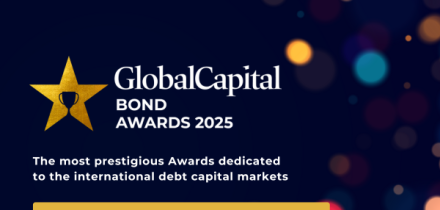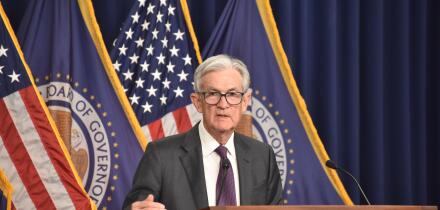Jared Woodard, BGC Financial
On nearly any metric — index implied volatility, option premium term structure, volatility skew, implied correlation — markets were not assigning a high probability of gyrations in the short term. As shown in the attached chart, standardised scores for one month 25-delta put premiums were remarkably low in late April in many cases. The S&P 500, US Treasury notes and an index of high yield credit all had downside options priced at least half a standard deviation below their one year average level.
The subsequent global sell-off in sovereign bonds and knock-on effects in equity markets have brought derivatives prices back toward fair value. Now, every asset tracked in our chart, save high yield and crude oil, has options priced at expensive levels, relative to recent history. Developed market equity derivatives look moderately dear, while the cost of protection on Chinese stocks (HSI), Treasuries and the euro/dollar appears especially elevated.
This sell-off is notable for its lack of a clear short-term catalyst. Economic data has been strong lately, and there are no plausible geopolitical catalysts. Instead, it seems that investors are finally taking seriously the prospect of continued expansion in the US economy and an environment that may be less hostile to labour and less favourable for capital.
As wage pressures grow, the economy sits at or near full employment, and as interest rates rise, investors may reposition themselves in two important ways. First, the reach for yield may become a more casual gesture as adequate returns become attainable in less risky sectors, with important implications for credit spreads.
Second, future equity earnings reports will show which firms optimised themselves too aggressively on the assumption that the world of high productivity growth, low wages and free capital would continue forever.
Swings driven by investor repositioning are different than those where systemic risk is involved. The recent sell-off that pushed rates up was clearly of the former variety.





